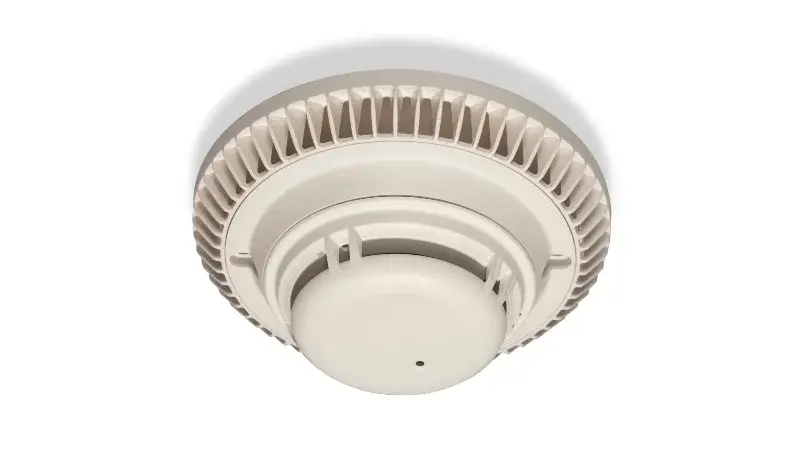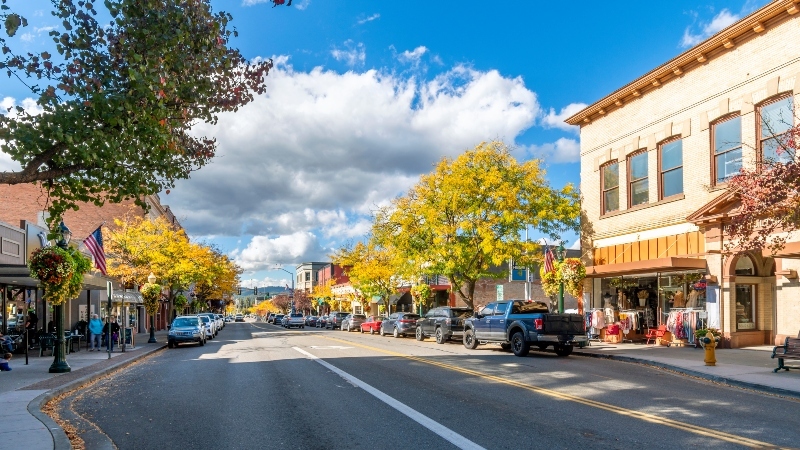Making the Switch: Vendor Transition Guide
Switching fire and security vendors feels risky. Even if your current provider isn't meeting your needs, the thought of transitioning systems and...
 |
Fire protection professionals committed to safeguarding lives, property, and peace of mind. |
 |
Solutions designed for your property type, from multi-family housing to healthcare facilities to retail spaces. |

|
Fire alarm, area of refuge, camera, and card access monitoring services. |
 |
Clear communication and instant response when every second counts. |
 |
From kitchens to server rooms, the right protection for every space. |
 |
Keep your primary defense system ready and reliable. |

|
Manage all your properties' access from one simple platform. |
 |
Monitor multiple properties in real time from anywhere, at any time. |

|
Document upcoming maintenance appointments and improve your proactive budget planning. |
 |
Fire Extinguisher Maintenance Checklist Learn the requirements for testing extinguishers monthly, annually, and beyond. |

|
Track all your inspection deadlines in one place. |
 |
Kitchen Hood Inspection Checklist Ensure your kitchen hoods are safe and compliant. Download a complete list of testing requirements. |

|
Guide to Fire & Security Monitoring Your complete property protection handbook in practical terms. |

|
Running a food truck takes work—this guide gives you the tools to keep it safe and up to code. |
 |
Comprehensive Guide to NFPA 13 and NFPA 25 Fire Sprinkler Systems Navigate sprinkler system requirements with confidence using our straightforward guide to codes and maintenance. |

|
Get your essential compliance guide. |
 |
When reliability matters across 18 restaurants, micromanagement doesn't. |
2 min read
Brothers Fire & Security : September 16, 2024

New regulations are now in place in Minnesota mandating the installation of carbon monoxide (CO) alarms in various lodging facilities, including hotels, housing lodges, and motels. This recent change aims to improve the protection of occupants against carbon monoxide. Property owners and managers must understand these requirements to ensure compliance and safeguard guests.
Effective August 1, 2024, Minnesota Statute 299F.51 requires that every guest room in hotels, lodging houses, and motels be equipped with approved and operational carbon monoxide alarms.
The law specifically mandates that these alarms must be installed in every room that is lawfully used for sleeping. This regulation extends the reach of safety measures previously focused on residential buildings, reflecting a growing concern for the well-being of travelers and transient populations.
The new requirements apply to:
Under the updated law, property owners are responsible for:
Failing to adhere to the new CO alarm regulations can result in penalties equivalent to those enforced under the State Fire Code, including potential fines or misdemeanor charges. These penalties underscore the importance of compliance and reflect the state’s commitment to enhancing public safety in lodging establishments.
To help comply with these regulations, follow these steps:
For tailored assistance in implementing these requirements, reach out to Brothers Fire and Security—your partner in building security and fire safety solutions.

Switching fire and security vendors feels risky. Even if your current provider isn't meeting your needs, the thought of transitioning systems and...

Your fire alarm shows a trouble signal. Last week's sprinkler inspection never happened, and despite three calls and multiple messages, your vendor...

Winter weather and holiday demands can make managing multi-location security a nightmare. Fall is your best window to upgrade security systems,...